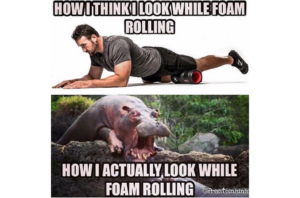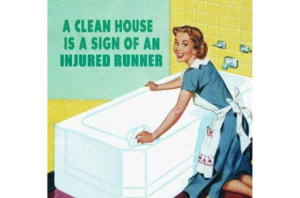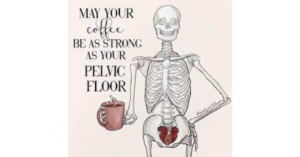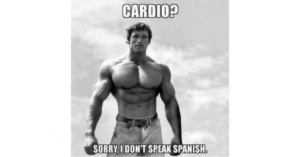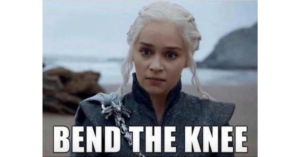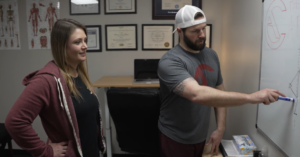
Woke Up With Neck Pain? Why It Happens And What To Do About it!
You thought you had a great night’s sleep… you sit up out of bed .. do a little stretch.. and immediately feel a pain in your neck. Then you realize you really can’t turn your head with out terrible stiffness and pain. You feel stuck. What the heck??

